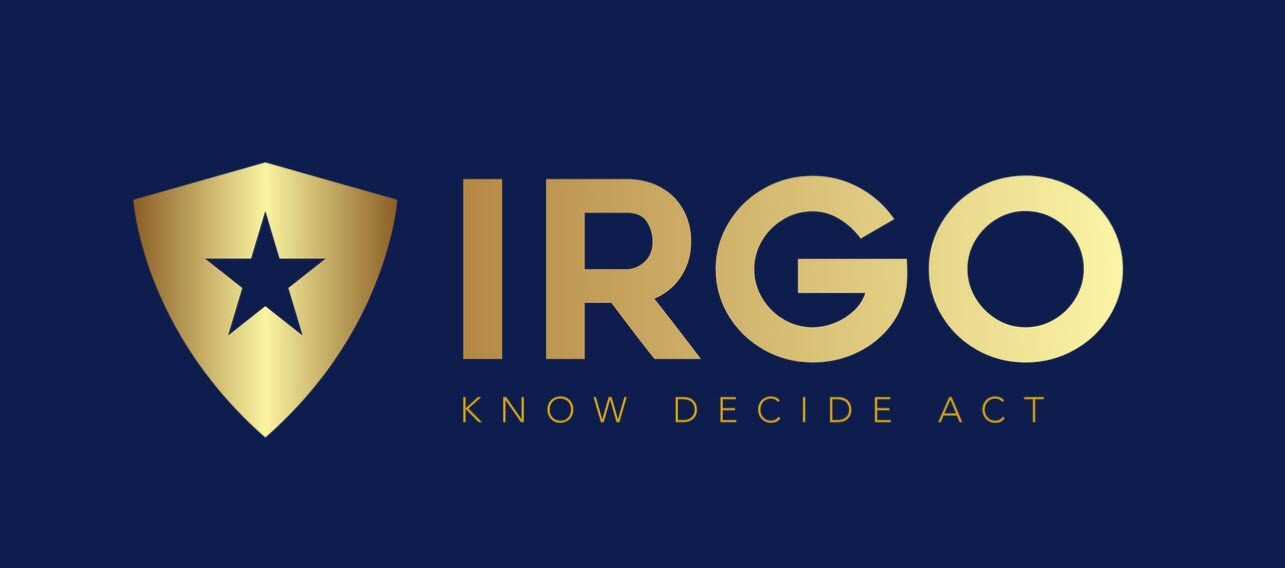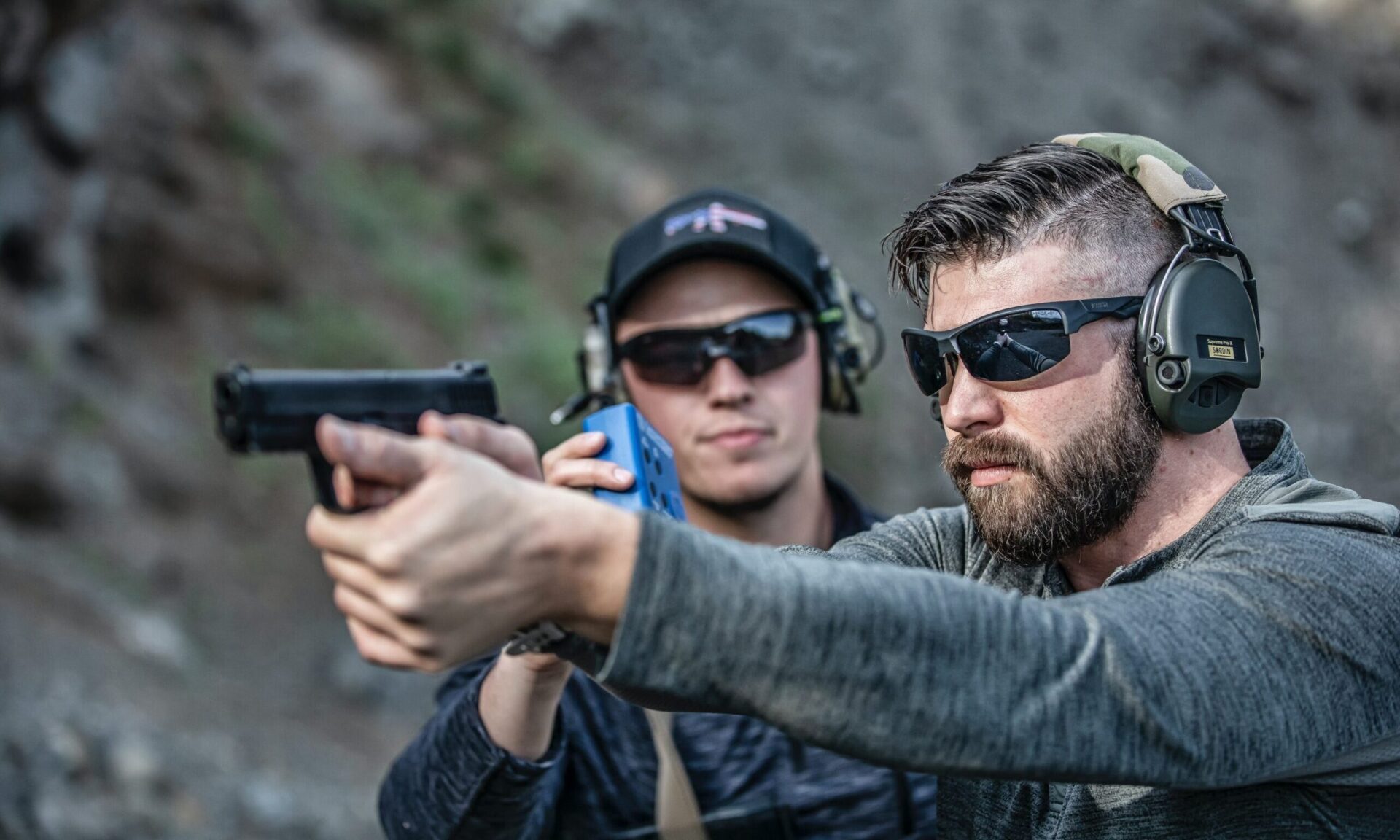Source: USCCA | Repost IRGO 11/9/2021
I was in a tactical firearms class a while back. We ran a pistol drill that involved running to a barrel, drawing our pistol, racking it, and engaging the target. To create a little pressure, we ran this drill one person at a time while the whole class watched. Also, it was timed, and we competed for the best time/score. I was one of the first to go. I ran to the barrel, drew my gun, racked the slide, acquired my target, pressed the trigger, and… Click.
It was an outdoor range with no one close to me. So I started to tap, roll, and rack to clear it and try again. That’s when I realized there was no ammo to chamber. Yep, it turns out, in my haste to prepare for the exercise, I left my magazine on the table where I staged my gear: no mag, no ammo, no shot.
I ran into battle with an empty gun in my holster.
It’s pretty embarrassing not even to realize the gun’s weight difference with no magazine or ammo. Since there was no magazine, the slide didn’t lock back, which made it even less evident at first.
The instructor said, “Anthony, you’re lucky. No cameras running. That’s the one that usually ends up on YouTube! You embarrassed? Good! You will probably never forget your magazine again. That’s why we train.”
I will also never forget how dulled my senses were by just that little bit of stress created by the class watching and knowing I was on a timer competing for a top score. Walking back to the table, I remember thinking how shocking it was that I could be so far off base and not even realize it even halfway through the act of shooting. It seemed like it took forever for me to understand what was happening.
It makes me wonder if it would ever be appropriate for me to think I’m ready to engage in a life and death act of self-defense.
Key learning: Regular training and practice help us develop skills. But it also expands our understanding of the types of things that can go wrong. Making mistakes during training is invaluable! That’s where we begin to learn what we don’t know, and we don’t know we don’t know.
And those are important things to know.
Stay sharp and stay safe,
Jim Anthony – Founder
Indiana Responsible Gun Owners
Educators, teachers and instructors are regularly faced with students who overestimate their knowledge or ability to perform a task. A student will enter a class or training session confident that he or she can perform at the level necessary to be successful. But often the student will find himself or herself woefully deficient, having failed to validate his or her knowledge and skills beforehand.
This phenomenon, studied by psychologists David Dunning and Justin Kruger, is known as the “Dunning-Kruger effect.” The psychologists wanted to understand why people think that they can perform at a level greater than they can actually achieve, which creates a cognitive bias of false conception. Individuals often reason that it cannot be that difficult to accomplish a specific task and that they are more than suited to handle it — even when they lack the necessary experience or training. Therefore, individuals attempt the impossible and fail. Simply put, a person does not know what he or she does not know.
This phenomenon seems to be a common occurrence when it comes to firearms. A case in point could be made with an individual purchasing a handgun for personal defense who receives minimal training required by the state or local authorities to legalize the purchase. This could equate to no training at all in some circumstances. Still, the purchaser may believe that he or she could defend himself or herself in a lethal-force encounter by merely possessing a firearm and participating in a crash course about its use. This is not only ridiculous but also dangerous. And it puts the person in a risky legal position if he or she ever has to use a firearm in self-defense.
- “Massive Errors” By FBI Undercounted Number Of Armed Citizens Thwarting Active Shootings - October 19, 2022
- How To Avoid Negligent Discharges While Carrying Concealed - October 19, 2022
- Federal Judge Halts Key Parts of New York’s New Gun Law - October 6, 2022


